2017 KTM RC390 review, test ride
The RC siblings get a refresh for 2017. RC390 now Euro-IV compliant and gets more equipment.
Published on Jan 28, 2017 09:57:00 AM
18,733 Views
Follow us on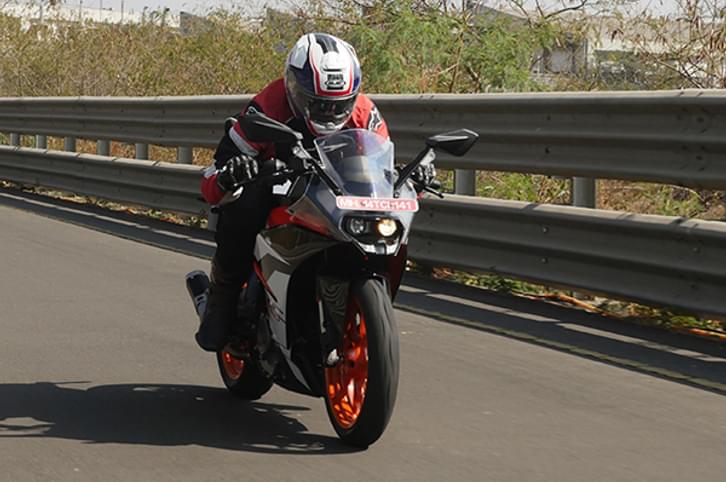
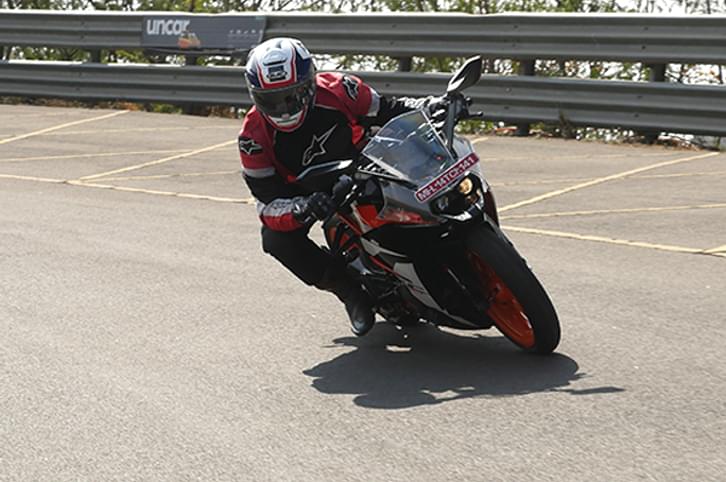
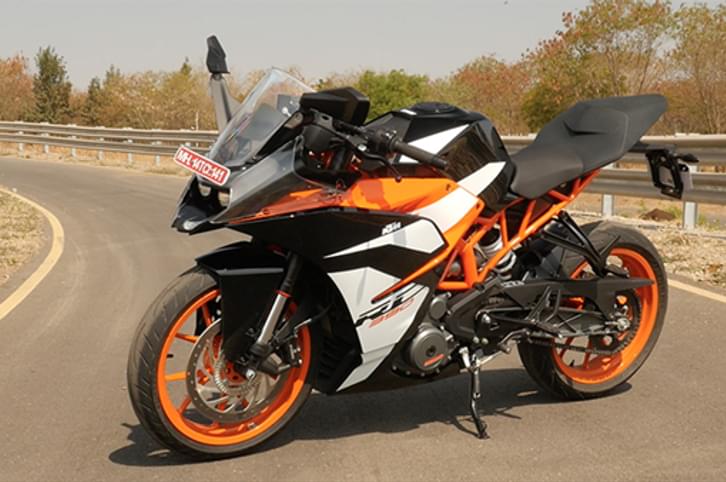
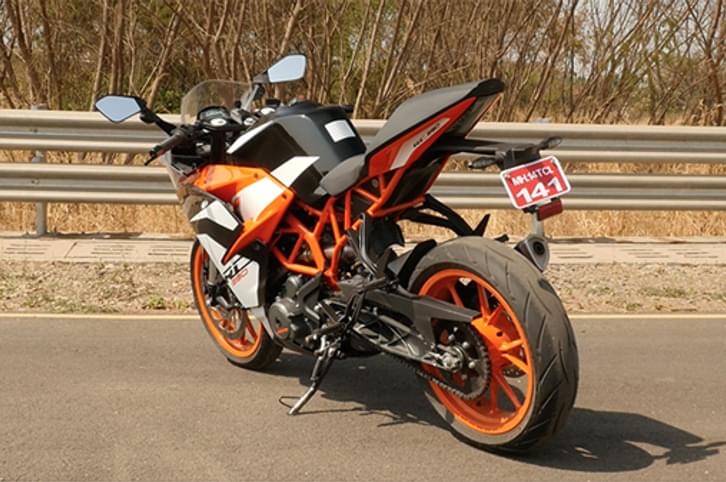
In 2014, we saw the dawn of the RC era from KTM. These single-cylinder motorcycles were punching way above their weight limits. They invoked a sense of hooliganism in anyone that decided to straddle these machines. It was that perfect combination of raw performance, aggressive and unique styling, and really sharp handling that made the RC series really stand out. For 2017, KTM has refreshed the RC siblings; the RC200 gets some minor changes, while the RC390 gets some more substantial changes.
The smaller sibling in the RC range gets a set of new graphics and a BS-IV compliant engine. A short spin on the 2017 RC200 revealed that this motorcycle remains relatively unchanged, although the new graphics do lend a breath of freshness to the motorcycle.
Where the major chunk of changes has happened is with the RC390. While the slipper clutch has been carried over from the 2016 model, the 2017 model also gets ride-by-wire technology, revised graphics, a revised exhaust unit, improved brakes, and a Euro-IV compliant engine. But how does all this translate into the real world?
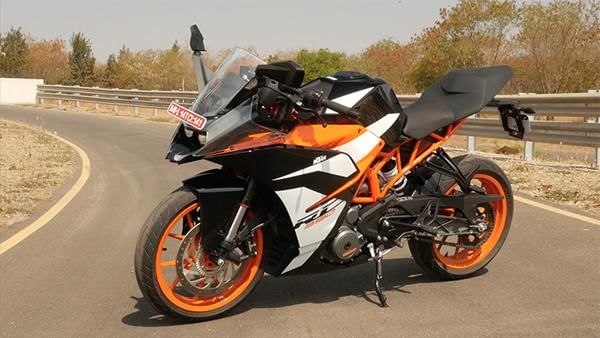
As with the RC200, the new graphics on the RC390 really add to the sporty and aggressive look of the motorcycle; if that was even possible. The bright orange of the inner fairing, the added dash of colour to the tail end, and the revised decals are quite striking and really make the motorcycle stand out. And let's not forget, thanks to the new side-slung exhaust, the new RC390 also gets a revised belly-pan. This new belly-pan is less bulbous than before, and its new, narrower design addresses the issue on the older motorcycle where the belly-pan would scrape the ground during hard cornering. With this new design, you can expect the foot-pegs to scrape the ground before the belly-pan does.
The rest of the body-work remains relatively unchanged. It however does get a 12mm bump in seat cushioning, which is noticeable to the naked eye. But this is solely for the purpose of added comfort on longer stints in the saddle; the seat height remains unchanged at 820mm. The new RC390 also gets adjustable levers for that added bit of usability and comfort.
Now, in order to meet the new Euro-IV emission norms, KTM had to ensure lower emission levels without losing out on performance. This has resulted in a weight-gain of 7kg for the RC390, which is not really evident when riding the machine.
The ride-by-wire throttle now uses throttle inputs to send data to the ECU, and calculates the amount of fuel-air mixture that needs to be sent to the combustion chamber, and variates the spark-timing accordingly. What this results in is more efficient use of fuel, and a throttle that is less sensitive to heavy inputs. This translates to a smoother transition from off the throttle to whacking it back wide open, which helps a lot when leaned deep into corners. The power is delivered cleanly, and in the process becomes more usable. And the shorter throttle travel, thanks to the ride-by-wire, means you can access that power in the higher revs more easily.
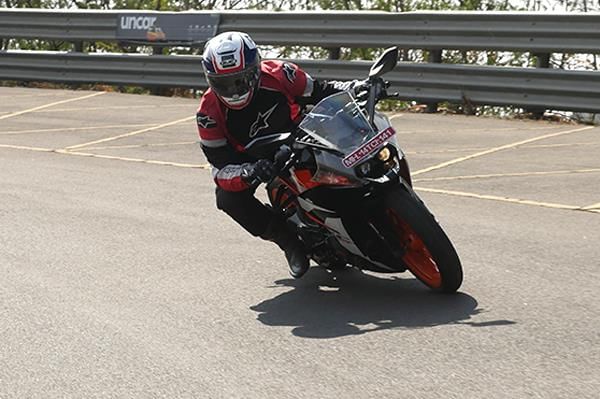
While these changes may not be immediately noticeable, they do allow the motorcycle to now be Euro-IV compliant. And the new, stainless steel underfloor pre-silencer meets a side-slung cylindrical aluminium absorption silencer which compliments that. Although the exhaust note remains more or less the same as the older model, as does the 178.5mm of ground clearance.
While the 2017 model still produces a peak power output of 43hp at 9,000rpm from the 373cc unit, torque figures have gotten a 1Nm bump and now peaks at 36Nm, produced at 7,000rpm. This increase however is not noticeable when riding the machine. The extreme levels of heat produced by the engine remain unchanged though. And this is immediately noticeable once the motorcycle is at a stand-still.
The PASC anti-hopping slipper clutch helps reasonably well for hard downshifting. And it also keeps the lever light and easy to operate. The 6-speed gearbox remains unchanged and the power is delivered smoothly to the redline, although, the RC390 feels a lot better when in the right gear. Holding low speeds in higher gears does make the motorcycle feel a bit out of its element.
Where one major improvement has taken place is with the brakes. The older model did sort of lack in this department, but the new brakes compensate for that brilliantly. Not only does it get a 20mm increase in diameter for the front brake, making it 320mm now, it also gets a 1mm increase in the size of the master-cylinder which is now 13mm. This has resulted in phenomenal stopping power. From the initial bite to eventual hard-braking, the brakes feel strong and confidence-inspiring. This, with the Bosch 9MB twin-channel ABS kicking in cleanly to avoid any untoward drama.
Another small change on the 2017 model is the tyres. Although it retains the grippy Metzeler M5I tyres, the new tyres have a lower speed rating; it has gone down from a 66W to a 66H. What this means is that the new 'H' rated tyres are good for speeds up to 210kph. So the speedo-indicated 168kph that we saw on our track-test is well within the safe limit. And grip levels remain as good as before, so this is not really an area of concern.
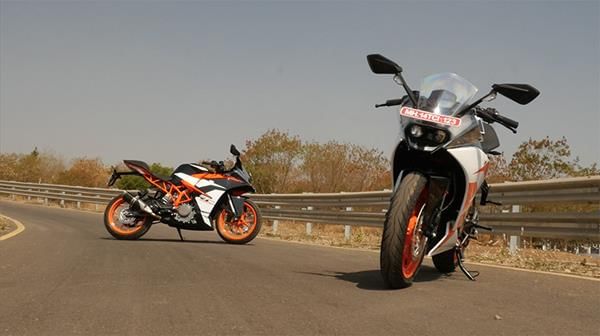
The 2017 RC200 is priced at Rs 1.72 lakh and the RC390 comes with a tag of Rs 2.25 lakh (ex-showroom, Delhi). For only Rs 12,000 bump in pricing, the 2017 RC390 does get a whole new lot of goodies. Although in the real world, it doesn't translate into too many changes in the dynamics of the motorcycle. So while the 2017 RC390 is priced well and is still a whole lot of fun to ride, we feel KTM could have pushed this bike a little bit further and made it even better. While KTM hasn’t mentioned anything yet, the 2018 model could be just that.
Copyright (c) Autocar India. All rights reserved.

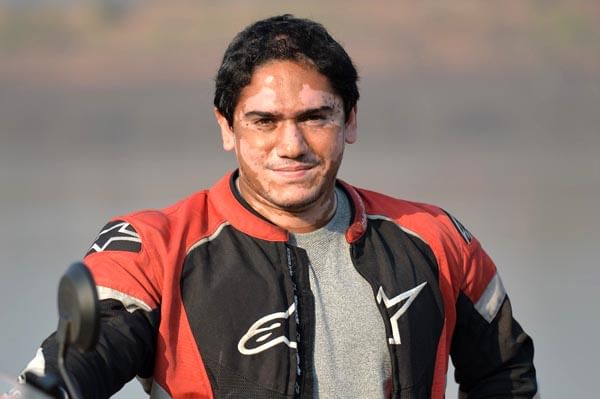











Comments
Member Login
Personal Details
No comments yet. Be the first to comment.